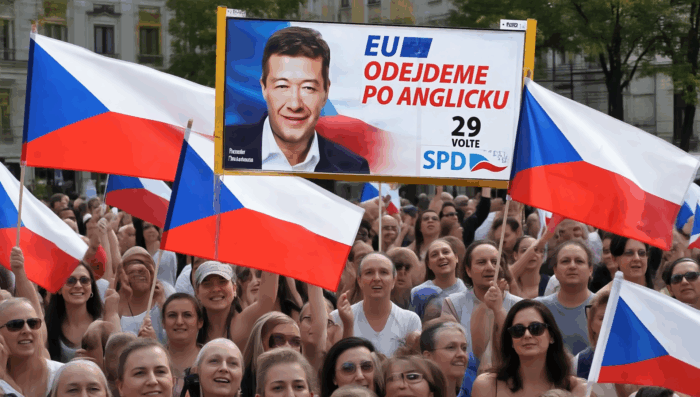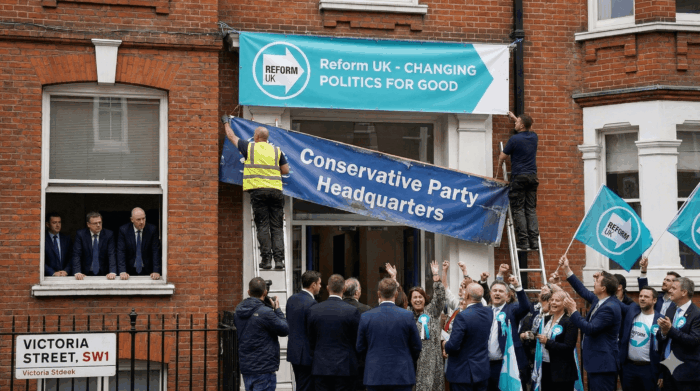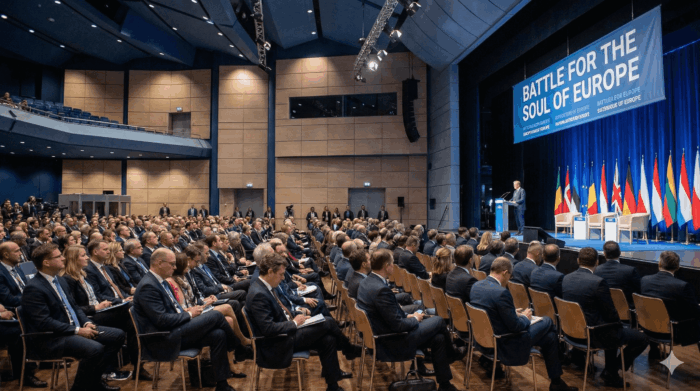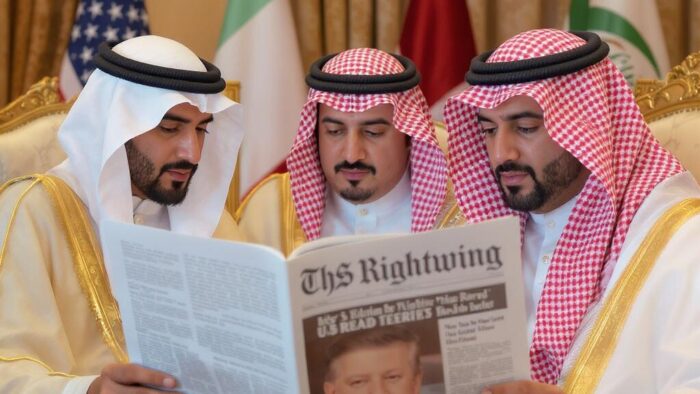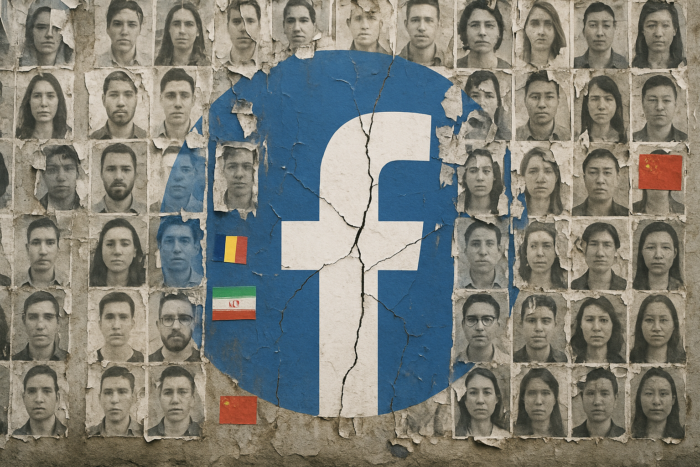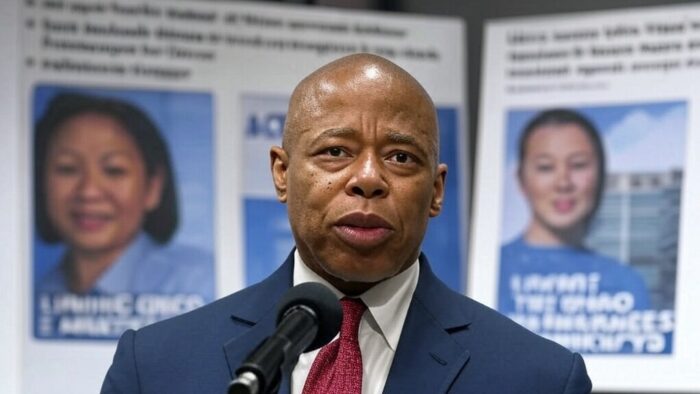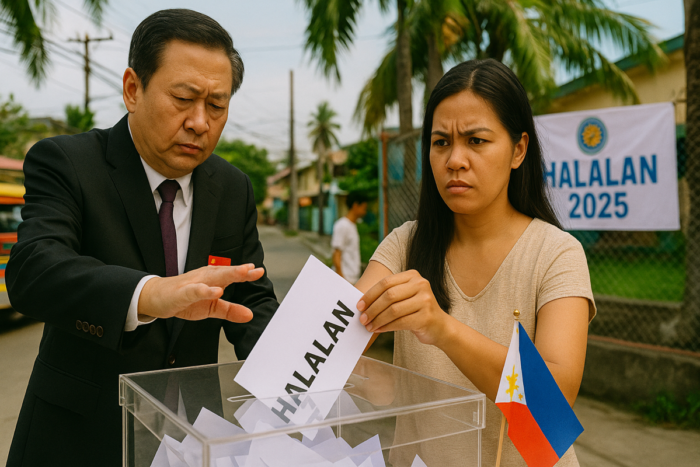Chinese disinformation accounts have emerged as a significant influence operation targeting the country’s political landscape, with inauthentic networks amplifying pro-Duterte content while promoting Beijing-friendly narratives amid rising tensions with President Ferdinand Marcos Jr. On 14 July 2025, Foreign Policy reported that tech analysis firm Cyabra found approximately one-third of all pro-Duterte accounts on X were fake, with these networks boosting content from propaganda sites and state media while attacking the current administration. The article begins:
When former Philippine President Rodrigo Duterte was arrested under an International Criminal Court warrant in March, an army of online defenders sprang into action. The Philippine midterm elections for local and congressional representatives were just two months away, and a group of pro-Duterte Senate candidates was challenging a slate loyal to Duterte’s ally-turned-rival, President Ferdinand Marcos Jr. But according to expert analysts, many of Duterte’s online defenders weren’t real. There were some genuine pro-Duterte influencers, with real people manning the accounts, but they were bolstered by a vast network of inauthentic accounts, all of which pummeled the Philippine elections with a deluge of disinformation, generative artificial intelligence, and deepfakes.
Read more: https://foreignpolicy.com/2025/07/14/china-philippines-disinformation-elections/
Key Points
- Doublethink Lab identified X account networks posting “pro-Duterte, anti-Marcos stuff but also amplifying some pro-China stuff” while boosting content from propaganda sites and state media
- Philippine National Security Council officials reported indications of Chinese state-sponsored information operations attempting to prop up preferred candidates while attacking others
- Deepfake content targeted Marcos including viral audio authorizing military attacks against China and video showing drug use, both flagged as fake by the government
- Pro-Duterte candidates won five of twelve open Senate seats in May elections, demonstrating the potential impact of coordinated influence operations on electoral outcomes
Chinese Influence Operations in the Philippines: Soft Power Strategies, Disinformation, Global Patterns
China’s influence operations in the Philippines have evolved into a sophisticated multi-pronged campaign that systematically targets both electoral processes and institutional relationships to advance Beijing’s strategic objectives in the South China Sea. Through systematic soft power strategies, Beijing has transformed sister city arrangements from cultural exchanges into strategic footholds, particularly in the provinces of Palawan and Cagayan near Taiwan, while cultivating the Filipino-Chinese diaspora through United Front Work Department operations that leverage ancestral connections as influence points.
The Chinese embassy’s role in financing troll farms has prompted government investigations, with Philippine authorities documenting state-sponsored election interference that includes hiring “keyboard warriors” to promote agendas counter to Manila’s claims in the West Philippine Sea and deploying coordinated disinformation networks to amplify divisive political discourse. These operations represent a comprehensive approach that combines economic leverage through projects like the Cagayan Economic Zone Authority’s $140 million in Chinese investment, media manipulation through content-sharing agreements and partnerships with local outlets, and covert digital campaigns designed to undermine democratic processes while advancing China’s territorial ambitions in the disputed waters.
External References:
Disclaimer
The Global Influence Operations Report (GIOR) employs AI throughout the posting process, including generating summaries of news items, the introduction, key points, and often the “context” section. We recommend verifying all information before use. Additionally, images are AI-generated and intended solely for illustrative purposes. While they represent the events or individuals discussed, they should not be interpreted as real-world photography.
